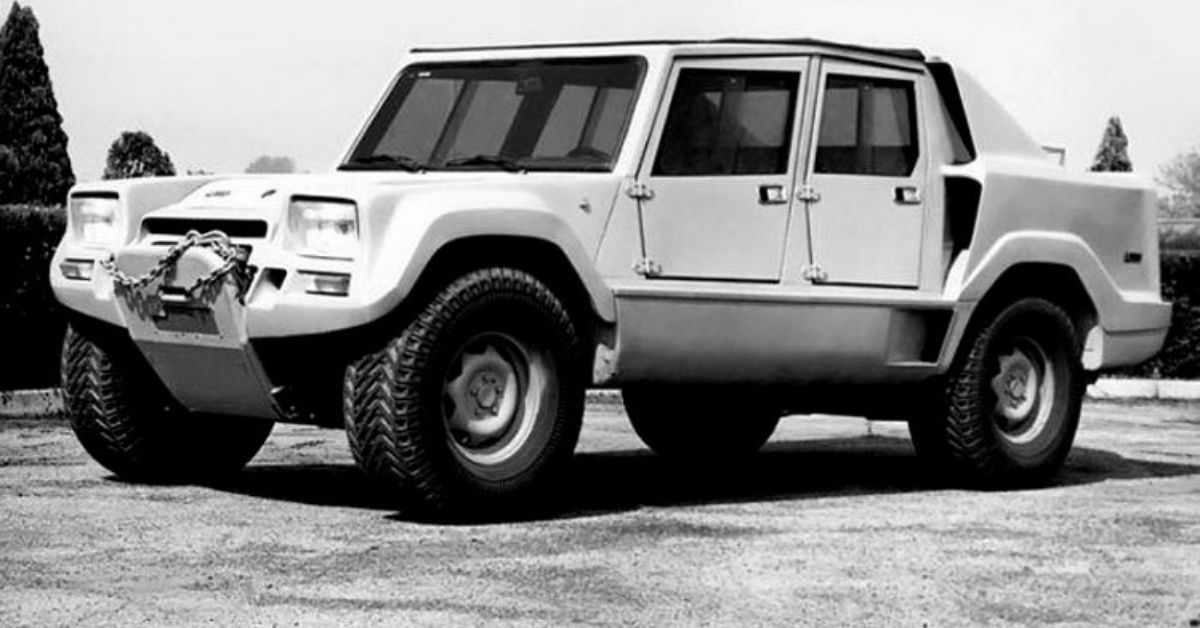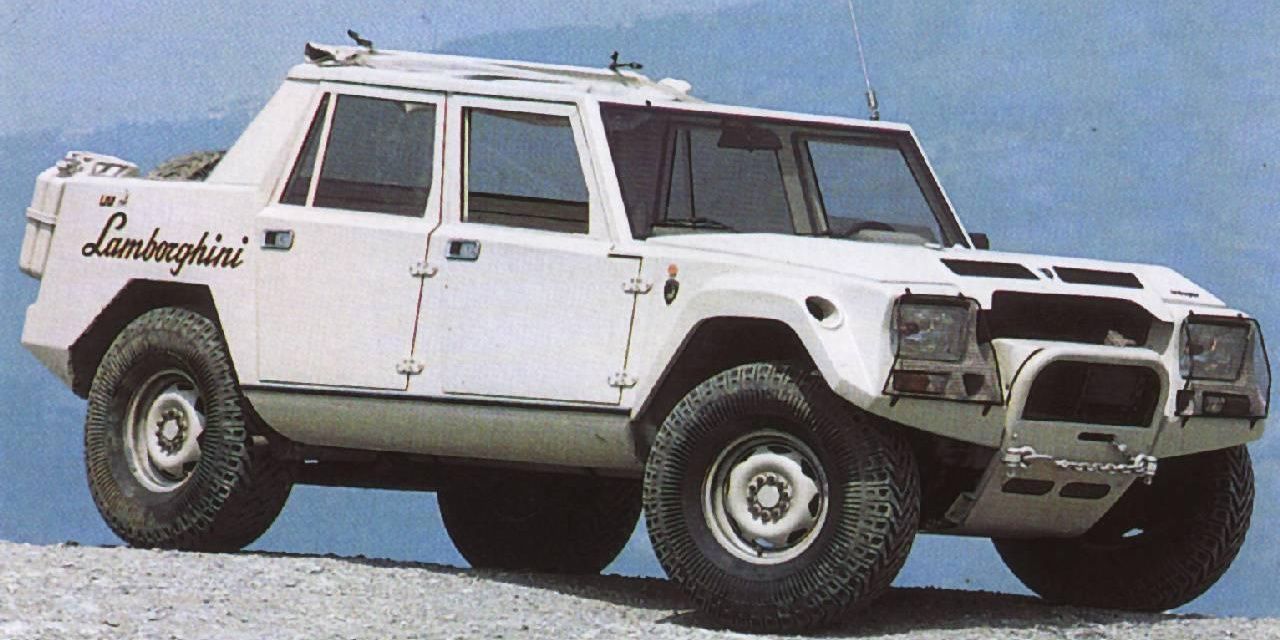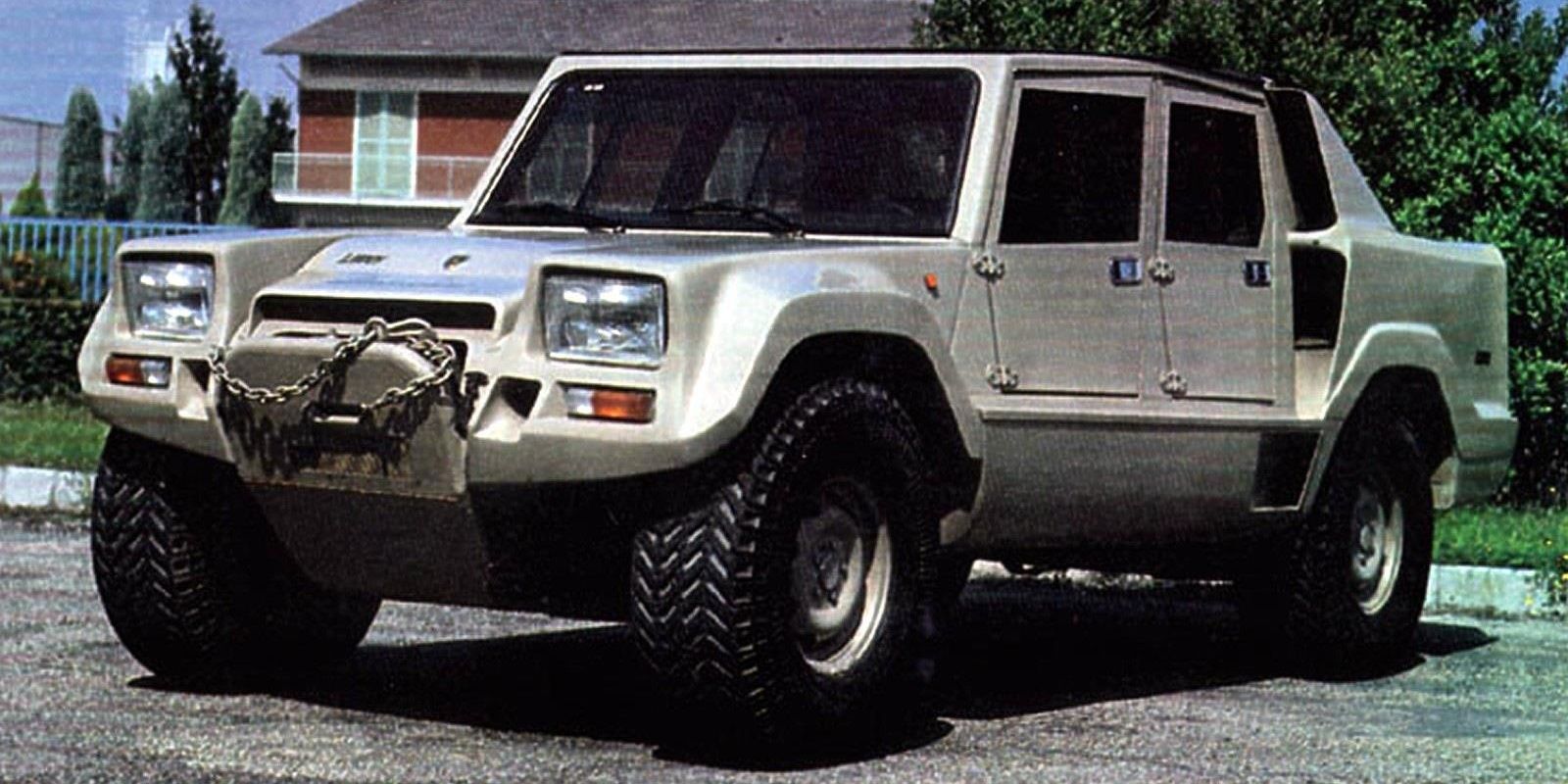Italian carmaker, Lamborghini, has always been known for the fabrication of truly gorgeous and aggressive high-performance supercars. Ever since the release of their first vehicle in 1964, which was a V12 two-seater coupe called the 350 GT, Lamborghini has kept to immensely high standards which have placed it on a pedestal when it comes to the most desired supercar brands out there.
In 1977, however, Lamborghini did something that had so far been unprecedented in the company's short history: They presented the Lamborghini Cheetah, an off-road SUV intended for military use. The vehicle, which had been commissioned by the US Army, was revealed at the Geneva Motor Show, and it was capable of tackling the toughest terrains while also able to carry 4 fully armed soldiers and a driver.
Due to legal issues and poor performance, the Cheetah wouldn't end up making it into production, but that wasn't the end of Lamborghini's off-road dreams. Let's take a look at the story of the Cheetah's successor, the Lamborghini LM001, and why it also ended up as nothing but a failed prototype.
How The Lamborghini LM001 Came To Be
After the failure of the Cheetah project, Lamborghini received an important investment from a Swiss family that had bought a part of the Lamborghini brand, and these new funds allowed for the development of a new military off-road concept based on the previous Cheetah: The Lamborghini LM001.
Even though the LM001 was seen as an evolution of the Cheetah, differences were quite plentiful. Firstly, the Chrysler V8 engine that had been fitted to the Cheetah was replaced by an AMC V8, yet the placement and specs of the different engines were actually quite similar. The LM001's body was massively changed from the original Cheetah's fiberglass one, instead being made mostly of metal, and the LM001's doors were also fixed in place, unlike the removable ones of the Cheetah.
At first glance, the LM001 seemed to be a great leap forward from the Cheetah, featuring better build quality and weight-distribution that Lamborghini hoped would solve the problems that killed off the Cheetah before it could even get a chance. We know how this story ends though, and it wouldn't be to the Italian carmaker's liking.
Why The LM001 Failed
The reason why the LM001 didn't en up making it into production is actually the exact same as that of its predecessor, it had extreme handling issues due to the placement of the vehicle's engine, which was rear-mounted. There's a reason why there's never been an OEM production SUV or truck with mid-engine placement, and it all has to do with weight distribution. For vehicles to be able to handle well, their overall heavy weights need to be spread out evenly among the entire chassis in order to keep a centered and maneuverable center of gravity. This is especially true for vehicles with a high stance like SUVs, since their natural center of gravity is higher than normal cars, making a mid-engine configuration not the slightest bit viable.
The LM001, just like the Cheetah before it, both had their engines mounted in the back, which made them extremely heavy in the rear when compared to the front. This meant that when driving the LM001, its front would rise several inches while its rear would drop, making it practically undrivable especially in off-road military settings. This issue alone was enough for Lamborghini to drop the LM001 project.
Almost a decade later, Lamborghini would give it a final try through the production of the LM002. This version, which featured a front-mounted engine, would prove to be far more successful in terms of performance and maneuverability, and it would successfully go into production until 1993, providing a happy ending to Lamborghini's turbulent quest to manufacture and sell a capable off-road SUV.



